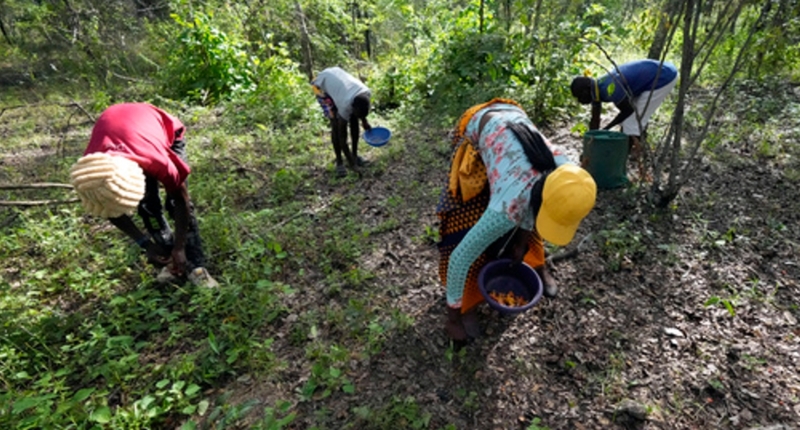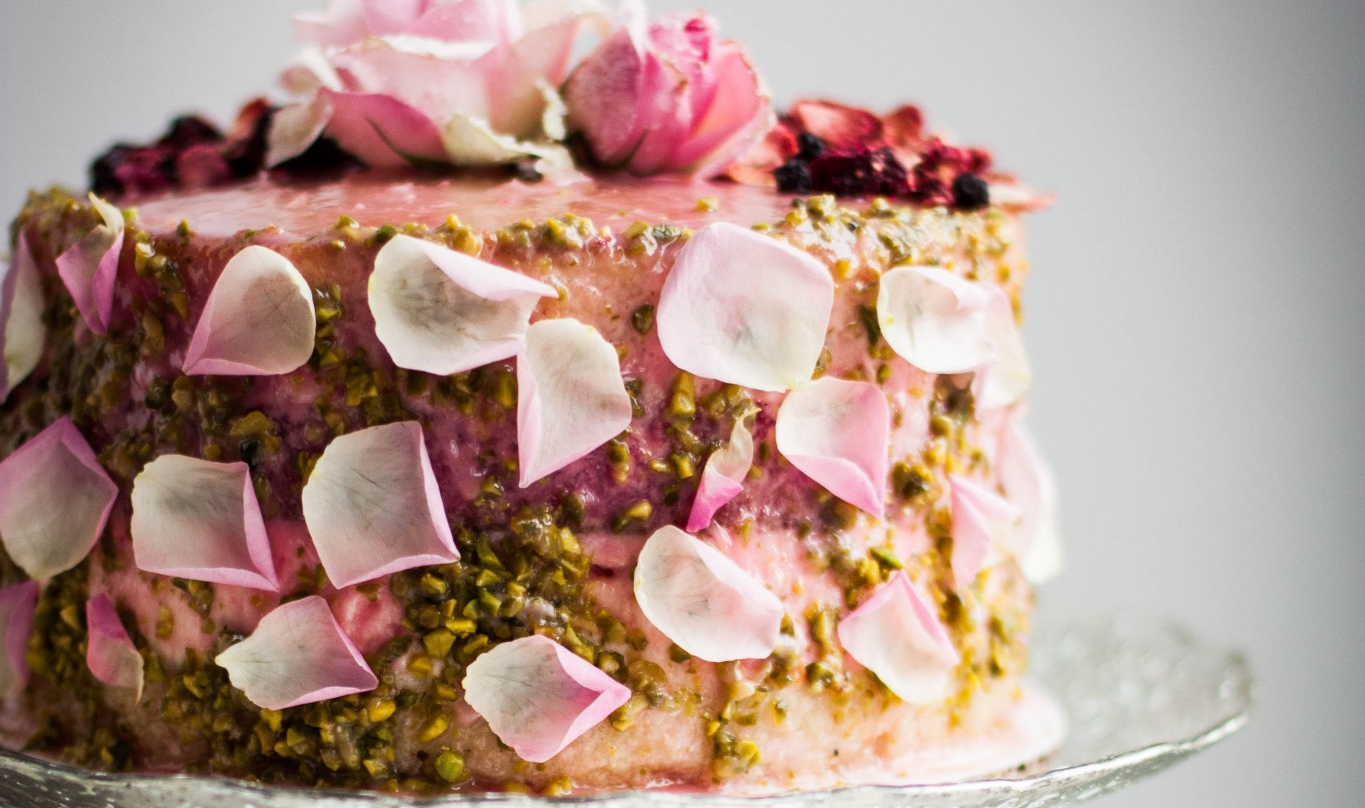Wild mushrooms are a significant source of income and nutrition for many rural families in Zimbabwe, particularly during the rainy season. Mothers are better knowledgeable of wild edible mushrooms compared to fathers, and about one in four women who forage for wild mushrooms are often accompanied by their daughters. The mushroom season is essential for the families, and on average, each family earns just over $100 a month from selling wild mushrooms, in addition to relying on the fungi for their household food consumption. With Zimbabwe’s food inflation rate at 264%, the country has one of the world’s highest rates of food inflation, and a quarter of Zimbabwe’s 15 million people are food insecure. To promote safe mushroom consumption and year-round income generation, the government is promoting small-scale commercial production of certain types such as oyster mushrooms. However, the wild ones remain the most popular. Wild mushrooms provide a vital source of nutrition and income for many Zimbabweans, particularly during difficult economic times.
Foraging Wild Mushrooms in Zimbabwe: A Delicacy with Risks
Wild mushrooms are a significant source of income and nutrition for many rural families in Zimbabwe, especially during the rainy season. These mushrooms are rich in protein, antioxidants, and fiber, making them a revered delicacy. However, each year, there are reports of people dying after consuming poisonous fungi. Therefore, it has become vital for mothers to pass on their indigenous knowledge to their daughters to identify safe mushrooms.
Women such as Beauty Waisoni, who has been foraging for wild mushrooms since she was a young girl, are dominant players in Zimbabwe’s mushroom trade. During the rainy season, she wakes up at dawn and packs plastic buckets, baskets, plates, and a knife before trekking to a forest about 15 kilometers away, with her 13-year-old daughter, Beverly, as her apprentice. In the forest, the two join other pickers, mainly women, working side by side with their children, combing through the morning dew for shoot-ups under trees and dried leaves.
The trade, however, comes with risks as every year, people die after consuming poisonous fungi. The police routinely warn people about the dangers of eating wild mushrooms. In January, three girls in one family died after eating poisonous wild mushrooms. Therefore, it is crucial to distinguish between safe and toxic mushrooms. Women such as Waisoni teach their daughters to identify safe mushrooms and avoid a deadly outcome.
Predominantly women are gatherers, and they transfer the indigenous knowledge from one generation to the other. They distinguish edible mushrooms from poisonous ones by breaking and detecting “milk-like liquid oozing out” and scrutinizing the color beneath and the top of the mushrooms. They also look for good collection points, such as anthills, the areas near certain types of indigenous trees, and decomposing baobab trees, said Wonder Ngezimana, an associate professor of horticulture at the Marondera University of Agricultural Science and Technology.
In Zimbabwe, where food and formal jobs are scarce for many, wild mushrooms are a source of nutrition and income. Women foragers such as Waisoni and her daughter Beverly play a crucial role in the trade, and their indigenous knowledge keeps them and their customers safe. While the trade comes with risks, it is still an essential part of life for many Zimbabweans.
The Importance of Wild Mushrooms for Zimbabwean Families
Wild mushrooms are a significant source of income and nutrition for many rural families in Zimbabwe, particularly during the rainy season. Research carried out by Ngezimana and colleagues at the university in 2021 found that approximately one in four women who forage for wild mushrooms are often accompanied by their daughters, and mothers are better knowledgeable of wild edible mushrooms compared to their counterparts – fathers. The research interviewed close to 100 people and observed mushroom collection in Binga, a district in western Zimbabwe where growing Zimbabwe’s staple food, maize, is largely unviable due to droughts and poor land quality. Many families in Binga are too poor to afford basic food and other items.
The mushroom season is essential for the families, and on average, each family earns just over $100 a month from selling wild mushrooms, in addition to relying on the fungi for their household food consumption. With Zimbabwe’s food inflation rate at 264%, according to the International Monetary Fund, the country has one of the world’s highest rates of food inflation, and a quarter of Zimbabwe’s 15 million people are food insecure.
To promote safe mushroom consumption and year-round income generation, the government is promoting small-scale commercial production of certain types such as oyster mushrooms. Still, it appears the wild ones remain the most popular. They come in as a better delicacy, and even the aroma is totally different from that of the mushroom sold on a commercial aspect. Therefore, people love them, and communities make some money, says Ngezimana.
For women such as Waisoni, the Harare trader, the wild mushrooms have helped her put her children through school and weather the harsh economic conditions that have battered Zimbabwe for the past two decades. Waisoni wakes up at dawn and packs plastic buckets, baskets, plates, and a knife before trekking to a forest about 15 kilometers away, with her 13-year-old daughter, Beverly, as her apprentice. From the bush, Waisoni heads to a busy highway, using a knife and water to clean the mushrooms before joining the stiff competition of other mushroom sellers hoping to attract passing motorists.
However, the trade comes with risks. Reports of people dying after consuming poisonous fungi occur every year, and police routinely warn people of the hazards of consuming wild mushrooms. Therefore, mothers teach their daughters how to identify safe mushrooms, which has evolved into an inter-generational transfer of indigenous knowledge. They distinguish edible mushrooms from poisonous ones by breaking and detecting “milk-like liquid oozing out” and scrutinizing the color beneath and the top of the mushrooms. They also look for good collection points, such as anthills, the areas near certain types of indigenous trees, and decomposing baobab trees.
The Zimbabwean government is working to increase the safety of wild mushroom consumption while still promoting the trade. Wild mushrooms provide a vital source of nutrition and income for many Zimbabweans, particularly during difficult economic times.
Don’t miss interesting posts on Famousbio










